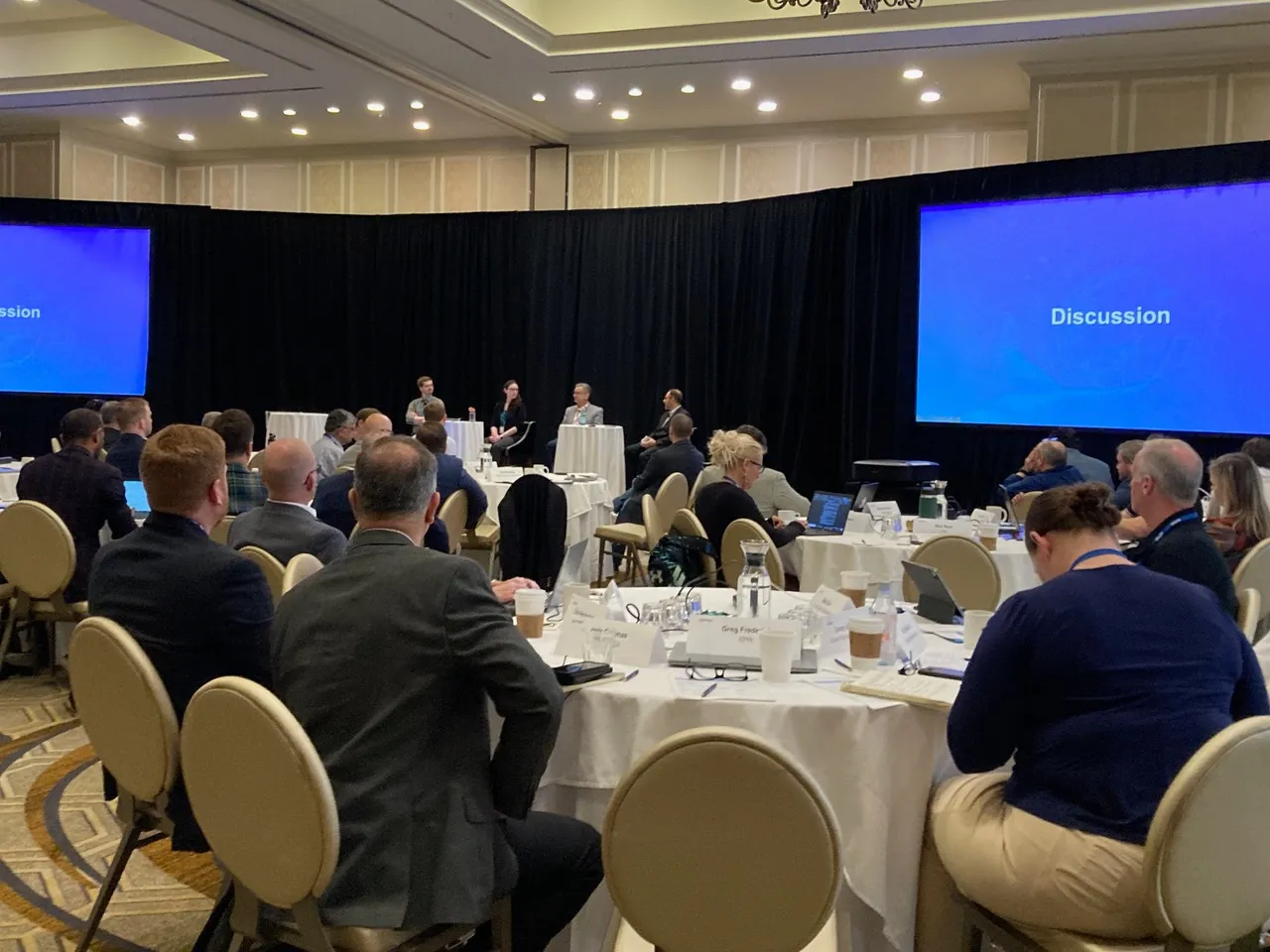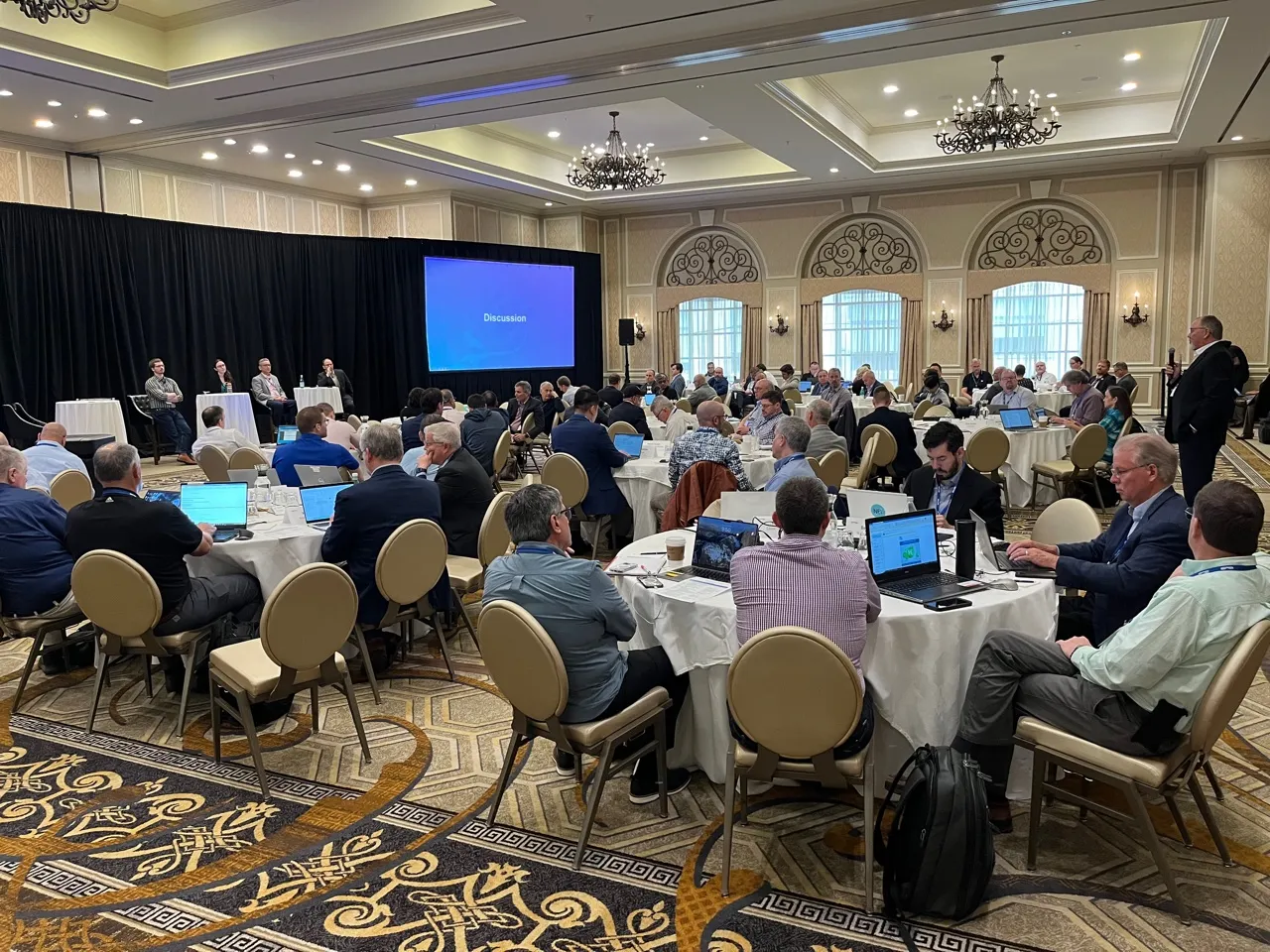Key Insights from EPRI’s 2024 Supply Chain Workshop for Structural Components in Advanced Energy Systems
By Diana Grandas, EPRI
As decarbonisation efforts demand rapid development and deployment of Advanced Energy Systems (AES) like fusion energy, the energy systems of the future will require advanced materials and components and a supply chain that can deliver them on schedule.
In growing the fusion supply chain, lessons learned from parallel development in other advanced energy systems can inform synergistic opportunities—energy systems such as advanced nuclear reactors, concentrating solar power, thermal energy storage and power plants with carbon capture and storage.
Now in its third year, the EPRI Supply Chain Workshop for Components in Advanced Energy Systems in April convened nearly 100 participants from over 60 organisations representing AES developers, supply chain partners, government stakeholders and future AES owner-operators to address key opportunities for robust AES supply chains. Covering opportunities across advanced fission, advanced thermal generation and fusion energy technologies, this workshop prompted collaboration and identified key challenges and solutions for supply chain development.
Here are three key insights from the workshop particularly relevant to fusion energy.
1. Developing a supply chain for a new industry and technology will take collaboration and innovation
Often, advanced energy systems can face a chicken and egg problem: a supply chain ready to manufacture and supply specialised components for AESs will likely need to grow in parallel with AES technology development. However, lack of strong market signals for AES technologies may make component suppliers cautious of making large investments. Limited development in the codes and standards space can compound this challenge.
Despite these hurdles, there is opportunity to engage in collaborative efforts that leverage work across multiple technologies to reduce supply chain risk. For example, thoughtful engagement can occur between technology developers, materials and component suppliers, and codes and standards organisations to define testing requirements and perform component-level demonstrations for qualifying fusion-relevant materials. This type of collaboration can provide a lower-risk environment for supply chain development.

Image from the EPRI Supply Chain Workshop held on the 10th and 11th April 2024. ©EPRI
2. Coordinating workforce development efforts can bolster the needed supply of skilled tradespeople
Workforce development is often cited as a critical challenge for fusion energy and was echoed throughout this workshop. Of particular relevance to fusion supply chain development, the workshop highlighted challenges in developing a strong welding workforce for future advanced energy systems—while acknowledging the current welding workforce is insufficient for even today’s needs.
Strategic areas of development include:
· Establishing a foundation for a meaningful career path through student engagement and leadership training.
· Rethinking the process for training to shorten time requirements for certification and developing welders through effective skills progression.
· Understanding how best to incorporate new technologies for rapid learning.
· Collaboration between schools, universities and industry groups to maintain a training-to-workforce pipeline.
EPRI’s Welding and Repair Technology Center’s Training Initiatives seeks to fill gaps in welding workforce development with a focus on defining key skill areas and subject matter leads, creating skill progressions and bundling parts of the progressions for each welding role. Their initiative targets non-craft welding roles which oftentimes are overlooked in welding workforce discussions.
3. Advanced manufacturing (AM) techniques can provide alternative supply chains for critical components
Day 2 of the workshop featured detailed discussion on the uses, benefits and status of large area advanced manufacturing capabilities. Future and current advanced manufacturing users highlighted the benefits of AM for circumventing long lead times for primary and replacement components and for providing a pathway for manufacturing physically complex components.
AM suppliers shared insights into their mature capabilities and ability to produce large-scale, additively manufactured components using techniques such as wire-arc directed energy deposition (DED) and powder metallurgy hot isostatic pressing (PM-HIP).
Despite the established advanced manufacturing capacities, additively manufactured component acceptance and qualification remains a challenge. Continued integration of AM into codes and standards, via engagement between suppliers, AES developers, and future AES owner-operators, can support production and deployment of additively manufacturing components.

Image from the EPRI Supply Chain Workshop held on the 10th and 11th April 2024. ©EPRI
And finally…
Further insights from the 2024 Supply Chain Workshop for Structural Components in Advanced Energy Systems will be detailed in a forthcoming EPRI report. A summary of the 2022 and 2023 Workshops are captured in EPRI reports 3002025254 and 3002027773, respectively.
